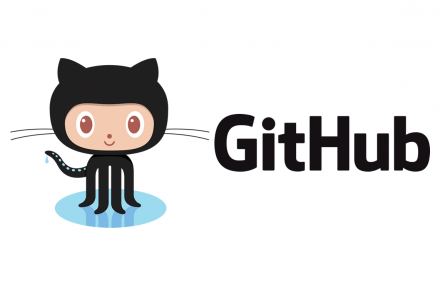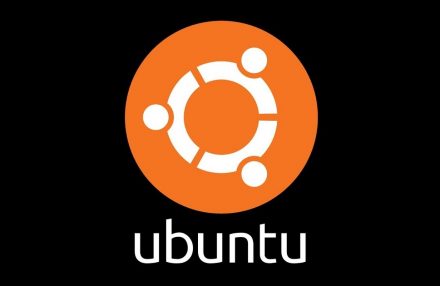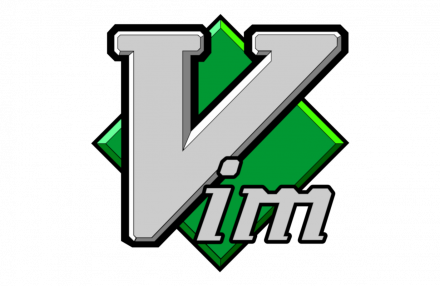Networking Basics
Devices
NIC: Network Interface Card. with PCI (Peripheral Component Interconnect) connecting to the mother board of PC.

Hubs: A hub helps to extend the length of a network cabling system by amplifying the signal and then re-transmitting it. (OSI Layer 1 device with no Ethernet frames) (Operate in half duplex)

Bridges: smaller LANS are connected to each other through bridges.
Switches: a devices used in the option to bridges that connect multiple hosts together (OSI Layer 2 device). Simply faster and more intelligent than bridges. It can inspect received traffic and make forwarding decisions. Each port on a switch is a separate collision domain and can run in a full duplex mode. (Operate in full duplex)

MAC address table: a table that switch uses to store which MAC address (device) is connected to which port. Switch uses it to make forwarding decisions.

MAC Address Table
Router: a device that direct data along the most efficient and economical route to the destination devices. They operate at OSI model Network Layer 3 (L3), through IP address (not physical MAC address). Routers can link different network types such as Ethernet, FDDI, and Token Ring.

Routing Table: used by router on deciding where to forward packets.

Routing table with 2 connected subnets
Brouters: It is a combination of both routers and bridge. Brouter acts as a filter that enables some data into the local network and redirects unknown data to the other network.
Modems: It is a device that converts the computer-generated digital signals of a computer into analog signals, traveling via phone lines or cables.

Duplex Communication
A duplex communication system is a point-to-point system of two devices that can communicate with each other in both direction.
Half-duplex: a port can only send or receive data at once. Hubs run in half-duplex mode in order to prevent collisions.
Full-duplex: a port can send and receive at the same time (use 2 pairs of wire). There are no collisions in full-duplex mode, but both nodes need to support full-duplex mode.

Network Layers
OSI (Open System Interconnection) Model: a reference model for describing general guidelines for designing and implementing computer protocols.
TCP (Transmission Control Protocol): breaking data down into small packets before they can be sent on the network. Also, for assembling the packets again when they arrive.
IP (Internet Protocol): for addressing, routeing (sending and receiving) the data packets over the internet.
| OSI Model | TCP/IP Model | ||
|---|---|---|---|
| 7 | Application | Application | FTP HTTP DNS, Email |
| 6 | Presentation | ASCII JPEG GIF MIME |
|
| 5 | Session | SSL NetBIOS RPC SQL |
|
| 4 | Transport | Transport | TCP UDP SPX |
| 3 | Network | Network | IP ICMP IGMP ARP RARP |
| 2 | Data Link | Network Access (Hardware) |
MAC PPP Ethernet, WiFi, DOCSIS |
| 1 | Physical | Ethernet cable, Copper wire, Coax, Fiber | |
OSI Model
1. Physical: defines how to move bits from one device to another. It details how cables, connectors and network interface cards are supposed to work and how to send and receive bits.
2. Data Link: encapsulates a packet in a frame. A frame contains a header and a trailer that enable devices to communicate. A header (most commonly) contains a source and destination MAC address. A trailer contains the Frame Check Sequence field, which is used to detect transmission errors. The data link layer has two sublayers:
- Logical Link Control – used for flow control and error detection.
- Media Access Control – used for hardware addressing and for controlling the access method.
3. Network: defines device addressing, routing, and path determination. Device (logical) addressing is used to identify a host on a network (e.g. by its IP address).
4. Transport: segments big chunks of data received from the upper layer protocols. Establishes and terminates connections between two computers. Used for flow control and data recovery.
5. Session: defines how to establish and terminate a session between the two systems.
6. Presentation: defines data formats. Compression and encryption are defined at this layer.
7. Application: this layer is the closest to the user. It enables network applications to communicate with other network applications.
TCP/IP Model
1. Network Access: defines the protocols and hardware required to deliver data across a physical network.
2. Internet layer: defines the protocols for the logical transmission of packets over the network. packs data into data packets referred as IP datagrams. It consists of source and destination IP address.
3. Transport: defines protocols for setting up the level of transmission service for applications. This layer is responsible for reliable transmission of data and the the error-free delivery of packets.
4. Application: defines protocols for node-to-node application communication and provide services to the application software running on a computer.
ICMP protocol: It is responsible for diagnostic functions and reporting errors due to the unsuccessful delivery of IP packets.
IGMP protocol: is responsible For the management of IP multicast groups.
ARP (Address Resolution Protocol): is responsible for the resolution of the Internet layer address to the Network Interface layer address such as a hardware address.
RARP: is used for disk less computers to determine their IP address using the network.

Format of an IP address
| Small -> Big | ||
| LAN (WLAN) | MAN | WAN |
| (Wireless) Local area network | Metropolitan area network | Wide area network |
Encapsulation
Encapsulation: is used to describe a process of adding headers and trailers around some data (encapsulate some info). Data is processed by 4 layers in TCP/IP model.
Ethernet Frame: the encapsulated data defined by Network Access layer. Start with header (source and dest MAC address, and others) and end with FCS.
| Encapsulated data defined by each layer | |||||||||
|---|---|---|---|---|---|---|---|---|---|
| Layer | Network Access | Internet | Transport | Application | Network Access | ||||
| Added Info |
Frame header | IP header | TCP header | Data | Frame trailer | ||||
| Packet Name | Frame | Datagram (source and dest IP address) |
Segment (source and dest ports) |
Message | Frame | ||||
| Ethernet Frame |
Preamble (7B) |
SFD (1B) |
Dest MAC (6B) |
source MAC (6B) |
Type (2B) |
Data and Pad (46~1500B) |
FCS (4B) |
||
Preamble: informs the dest system that a frame is starting and enables synchronisation.
SFD (Start Frame Delimiter): signifies that the Destination MAC Address field begins with the next byte.
Type: defines the type of protocol inside the frame, for example IPv4 or IPv6.
Data and Pad: contains the payload data. Padding data is added to meet the minimum length requirement for this field (46 bytes).
FCS (Frame Check Sequence): contains a 32-bit Cyclic Redundancy Check (CRC) which allows detection of corrupted data. Then a lost frame will be recovered by higher level protocol (e.g. TCP).
PDU (protocol data unit): OSI model use it to refer to a data packet, instead of Segment, Packet, or Frame. e.g. L3 PDU refers to the data encapsulated at the Network layer of the OSI model.

Data encapsulation in the OSI model
MAC & IP Addresses
Media Access Control (MAC) address: a 48-bit (6 bytes) address used for communication between two hosts in an Ethernet environment (Hardware address of NIC, globally unique).
MAC address: D8-D3-85-EB-12-E3
IP address (IPv4): a 32-bit (4 bytes) number that identifies a host on a network (Logical address, configured by DHCP server).
Private IP Address: 3 ranges of addresses that are used in a private network (home LAN). They are:
- 10.0.0.0 – 10.255.255.255
- 172.16.0.0 – 172.31.255.255
- 192.168.0.0 – 192.168.255.255
3 type of Ethernet addresses (used for ???):
Unicast addresses: represent a single device on a LAN (its MAC address). A frame sent to a unicast address will be sent to one device on the LAN.
Multicast addresses: represent a group of devices on a LAN (many MAC address). A frame sent to a multicast address will be forwarded to a group of devices on the LAN. e.g. 01:00:0C:CC:CC:CC, the least-significant bit of the first octet of the destination address is 1.
Broadcast addresses: represent all device on the LAN (all MAC address). Frames sent to a broadcast address will be delivered to all devices on the LAN except the port that received the frame. It has value of FF.FF.FF.FF.FF.FF.
Cisco 3-layer Hierarchical model
A model for designing a scalable, reliable, and cost-effective network.

Access: controls user and workgroup access to the resources on the network.
Distribution: as the communication point between the access layer and the core, to provide routing, filtering, and WAN access and to determine how packets can access the core. (routers and multilayer switches)
Core: as the network backbone, for transporting large amounts of traffic quickly. (high end routers and switches with redundant links)
Cabling












